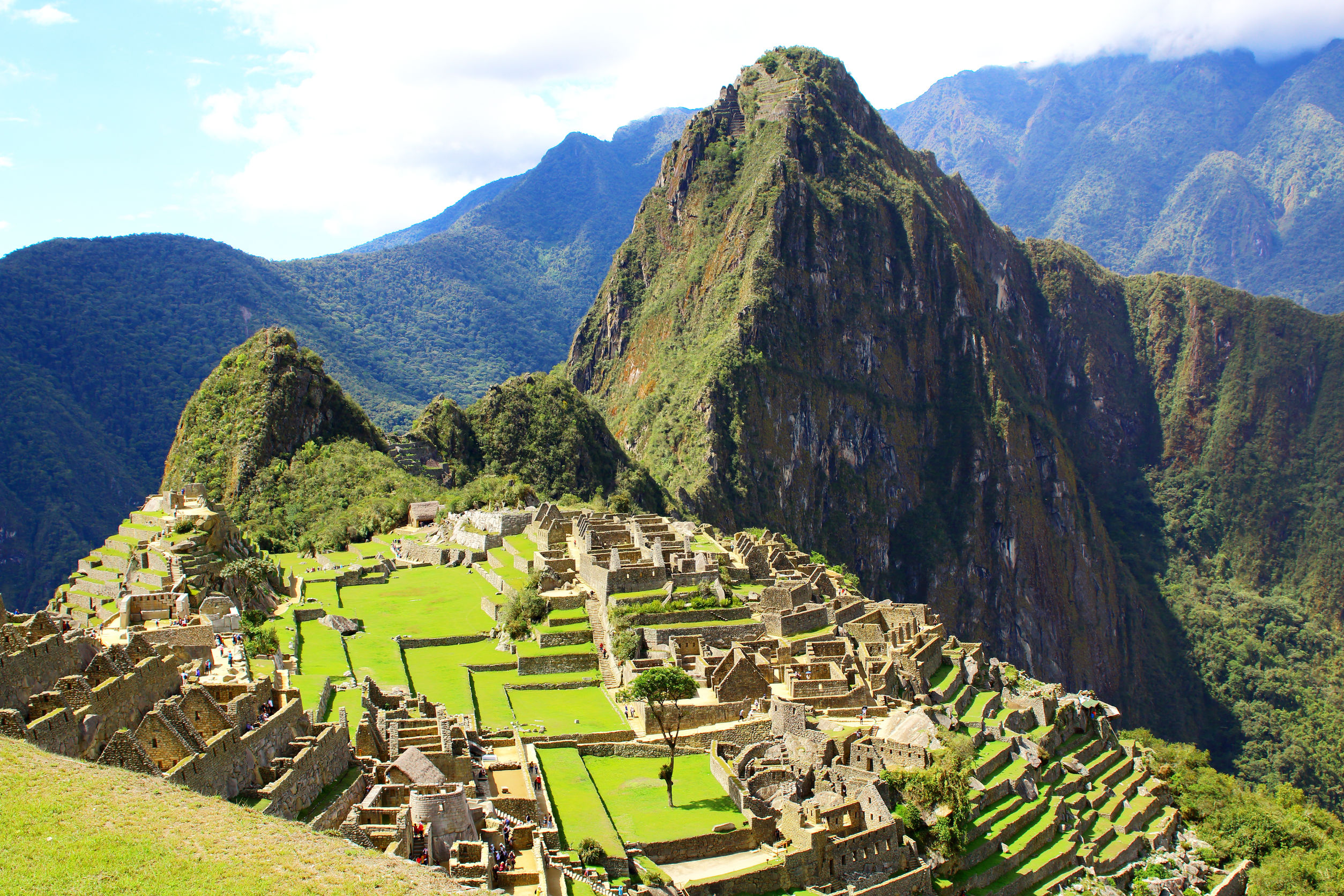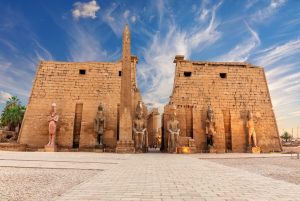All but one of the traditional ‘’Seven Ancient Wonders of the World’’ have gone. The survivor is the Great Pyramid at Giza. The Seven were exclusively in the Eastern Mediterranean and Near East with several falling victim to earthquakes.
That does not mean that there are not some stunning ancient structures that challenge today’s architects. Bear in mind the assumption that there was a limit to human expertise in those times. Perhaps these 12 examples actually challenge that assumption?
Table of Contents
1. Great Pyramid of Giza, Cairo, Egypt

The largest of three pyramids at Giza, this one was built as a tomb for Pharaoh Khufu of the 4th Dynasty and was completed in 2557 BC.
It is large enough at almost 139 meters to be seen from space; over the years, erosion has taken away around 8 meters from its original height. It is estimated as weighing 5.9 million tonnes, comprising 2.3 million stones, and took over 20 years to complete.
2. Petra, Jordan
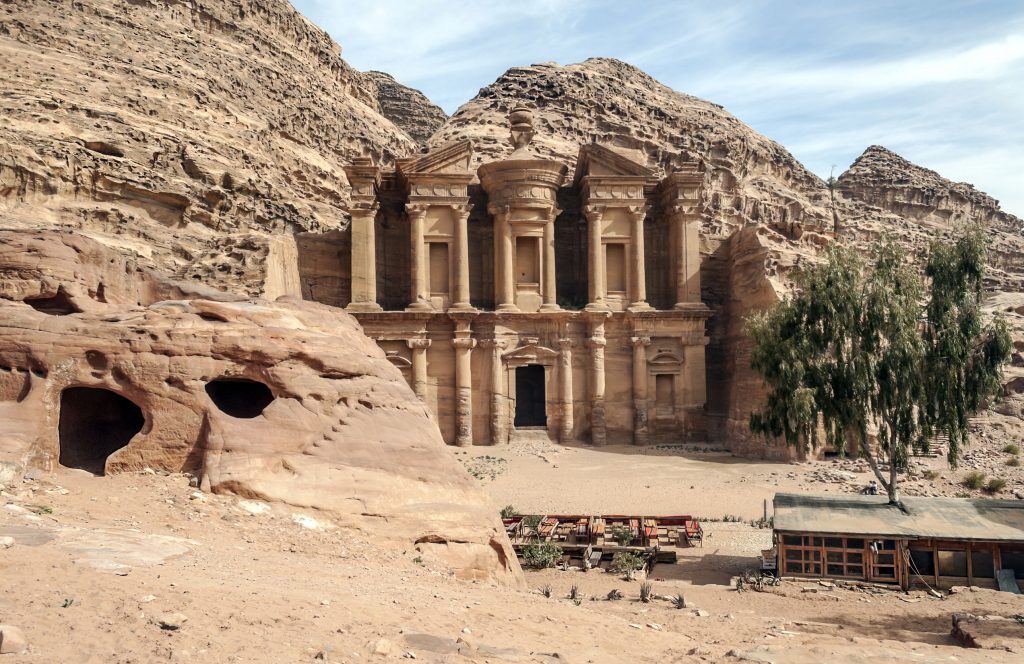
Everyone visiting Petra walks down a narrow route through a steep-sided canyon until it opens out into a magnificent city, carved in the rocks. Petra was the capital of the ancient Nabatean Kingdom where there were clearly highly skilled craftsmen able to fashion the rock into amazing structures.
This important trading city would have been even more impressive in its time, a buzz of activity. Explore Petra and at night-time when candles are lit, it shows an equally impressive face.
3. Bagan, Myanmar

At one time, it was thought that there were well over 10,000 temples and pagodas in this ancient capital of the Burmese Kingdom. Even today, you will see over 2,000 in various states of repair.
For many years, Myanmar was virtually closed to visitors but everyone who knew anything about what was formerly the British Colony of Burma knew what riches it possessed. The earliest temples date from the 11th Century and when Marco Polo visited, he was astonished by what he saw.
4. Machu Pichu, Peru
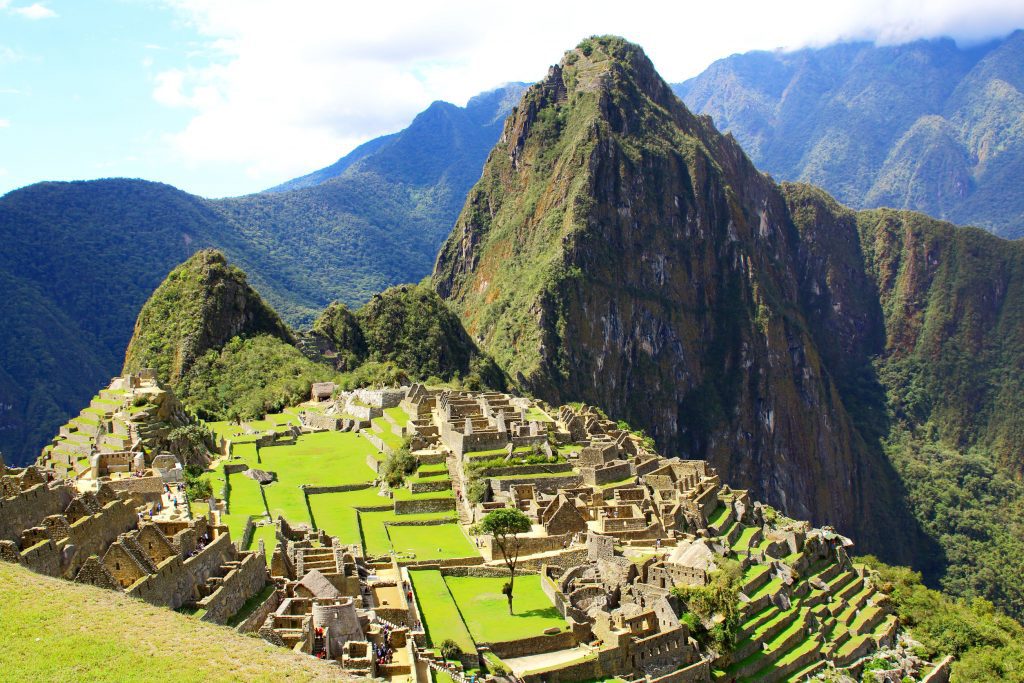
The Inca Empire was fairly isolated, its heart located on stepped terraces surrounded by rock escarpments. The Inca Trail leads to a high ridge with a stone citadel.
At one time, this was a royal estate and home to around 750 people. Visitors can hike to Machu Pichu or take the train. Either way, everyone marvels at what the Incas were able to build at an altitude of 2,500 meters back in the 15th Century.
5. Great Wall of China

While this Wall is regularly described as a single structure, it is a series of fortifications first built in the 7th Century BC to defend China’s northern borders against invaders.
Different dynasties contributed to what tourists can visit today with the Ming Dynasty building almost 9,000 kilometers between the 14th and 17th Centuries. This UNESCO World Heritage site measures over 21,000 kilometers in all with the section close to Beijing amongst the most popular sections.
6. Colosseum, Rome, Italy
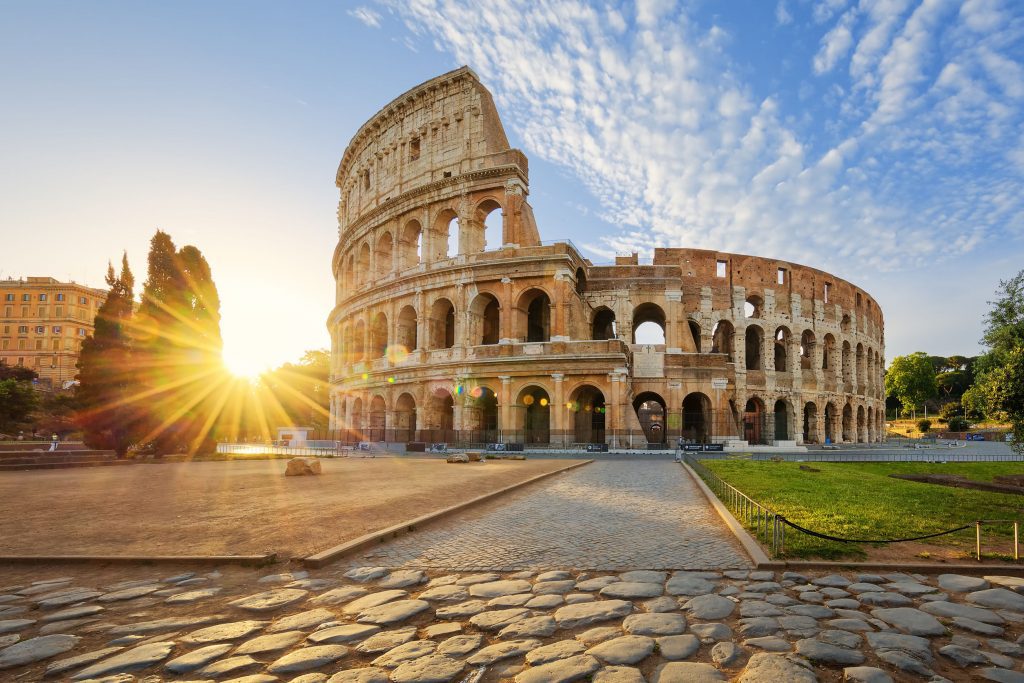
This wonderful amphitheater, built in the 1st Century by Emperor Vespasian, using thousands of slaves, held 50,000 spectators watching gladiators fight it out in front of Roman dignitaries.
If visitors close their eyes, they are able to imagine the Games in front of a noisy crowd baying for blood. It is made with stone, concrete and travertine and Games continued here into the 6th Century and the final demise of Rome.
7. Chichen Itza, Mexico
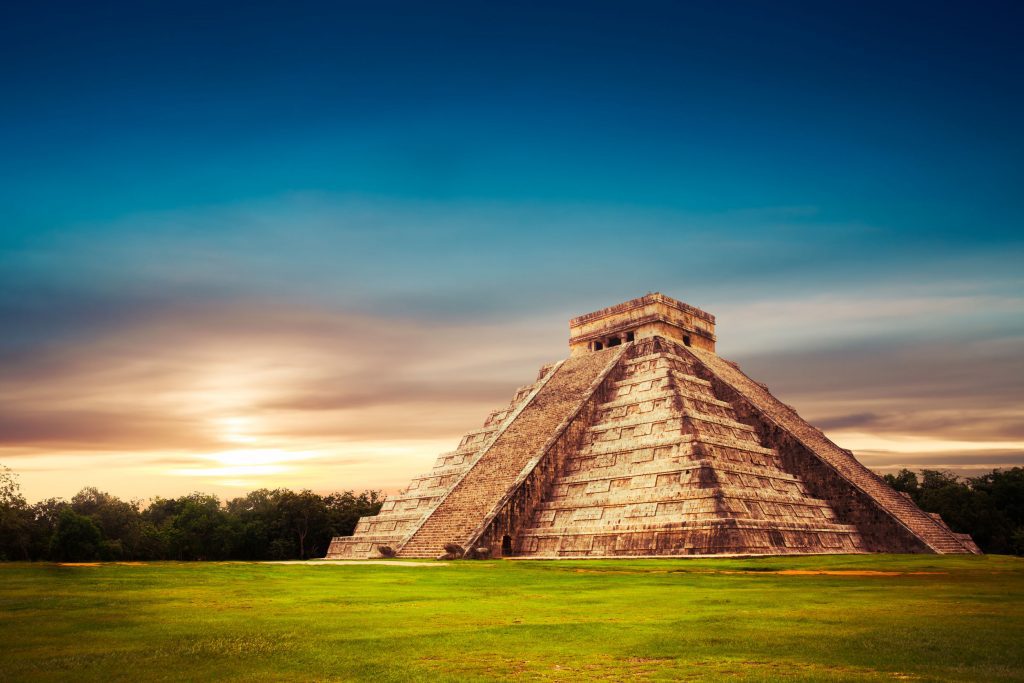
Chichen Itza on the Yucatan peninsula is the finest example of the skills of the Mayan Empire which ran from the 7th to the 13th Century. The stepped pyramid is known as ‘’El Castillo’’ (the castle) is the centerpiece and has been voted as one of the New Wonders of the World.
The Mayan’s skills included a great understanding of astronomy and the accuracy of their designs has astonished modern-day scientists and archaeologists.
8. Angkor, Siem Reap, Cambodia

The Khmer Empire ruled a region in South East Asia from the 9th to the 15th Century in what is now Cambodia and Southern Vietnam.
It centered on Angkor which has been granted UNESCO World Heritage Site status. The highlight is the Hindu Temple Angor Wat with the Bayon and Ta Prohm other structures of note in this extensive park.
9. Ephesus, Turkey
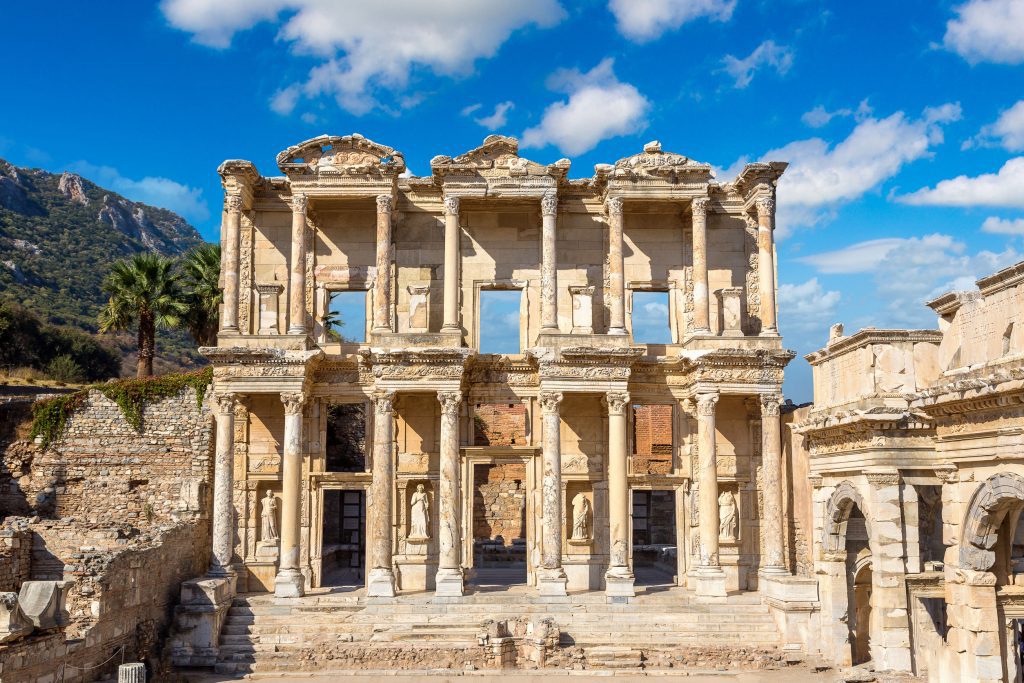
Ephesus, the Ancient Greek then Roman City, now lies a few kilometers inland yet in its time it was a major trading port.
The ruins of the Temple of Artemis, one of the original Ancient Wonders of the World is one of a number of places to explore. An earthquake caused extensive damage early in the 7th Century though it had been sacked by the Goths four centuries earlier before being rebuilt.
10. Acropolis, Athens, Greece
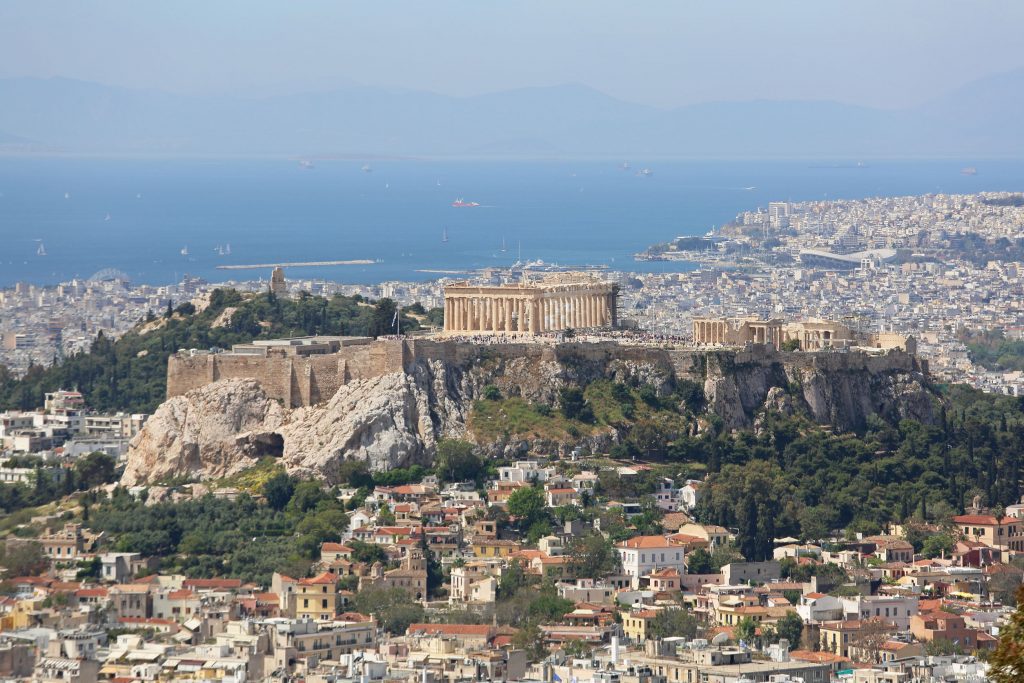
The ancient buildings of the Acropolis dominate the skyline of Athens and despite it not being especially well-preserved, it is the first place that visitors head for when going to Athens.
The Parthenon is the highlight, a citadel perched on the rocky outcrop which features in most photographs of the Greek Capital.
11. Sigiriya, Sri Lanka

Sigirya, or Lion Rock, was a wonderful defensive site built in the 5th Century with a palace later used as a Buddhist monastery.
It stands above the surrounding plains and although the climb is not easy, the effort to get to the top is rewarded by the frescoes, carvings and the views over those plains.
12. Basilica Cistern, Istanbul, Turkey
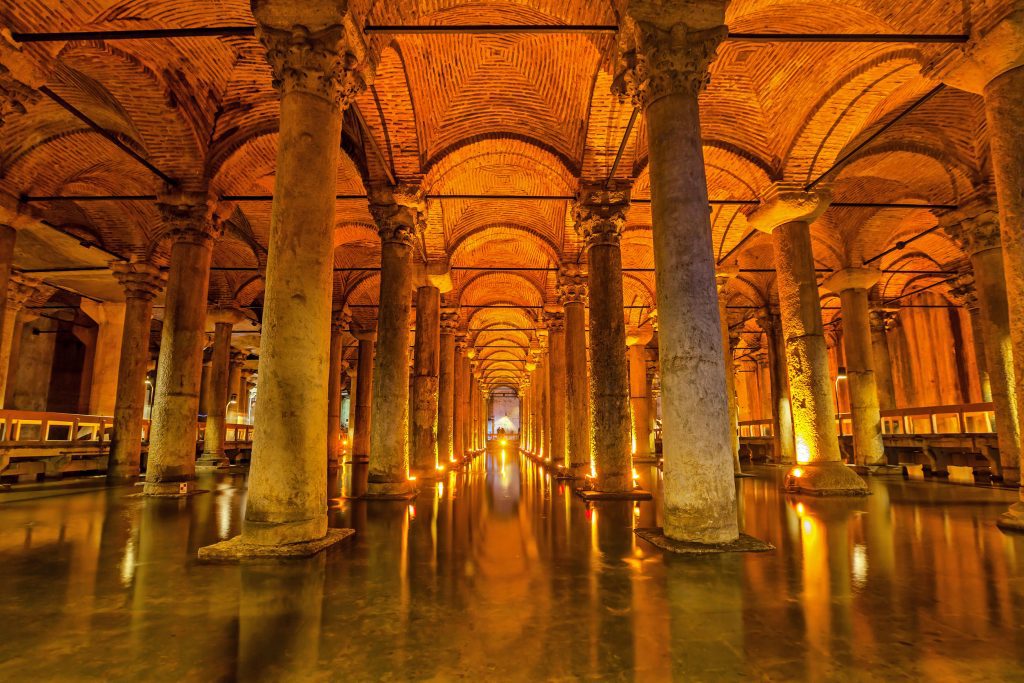
The Emperor Justinian I ruled the Byzantine Empire from Constantinople in what was then Asia Minor.
The water system that he commissioned in the 6th Century to supply the City is an impressive example of what was possible back then. It is located in Sultanahmet close to Hagia Sophia, the Blue Mosque, and Topkapi Palace, a real tourist mecca.
Summary
In recent decades, Man has completed some impressive engineering and architectural feats; skyscrapers, huge bridges, and future generations may see the beauty in recent structures but surely, they will still rate these ancient places as even more impressive.

